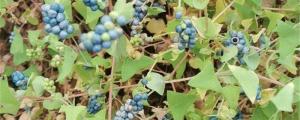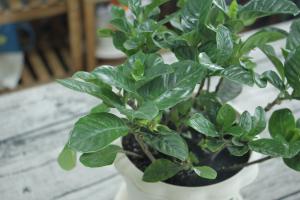Is a Pine Tree a Seed Producing Plant?
Pine trees are commonly found in many parts of the world and are known for their beauty, strength, and usefulness. They are among the oldest living organisms on earth and have been around for more than 300 million years. But are pine trees seed producing plants? The answer to this question is yes, and in this article, we will explore the biology of pine trees and how they produce seeds.
The Anatomy of Pine Trees
Pine trees belong to the Pinaceae family of coniferous trees, which includes over 100 species in the genus Pinus. The anatomy of these trees is unique, with a long and narrow trunk that grows tall over time. Their leaves, also known as needles, are evergreen and usually grow in clusters of twos, threes, or fives. These needles are attached to the branches by a small stalk called a petiole, which allows them to move slightly in the wind. Pine trees also have cones, which come in two types: male cones and female cones.
Reproduction in Pine Trees
In order for pine trees to reproduce, they must produce and release seeds. The reproduction process begins in the spring when the male cones release pollen into the air. This pollen is carried by the wind to the female cones, which are usually located on different branches or trees. The female cones are usually closed and look like small, green cylinders. When the pollen reaches the female cone, it triggers a reaction that causes the cone to open up and receive the pollen.
Once the pollen has been received by the female cone, it begins to grow and develop into a seed. This process takes several months and requires a lot of energy from the tree. When the seed is fully mature, the female cone will open up and release the seed. The seed contains everything needed to grow a new pine tree: a hard outer shell, a small embryo, and a nutrient-rich endosperm.
The Importance of Seed Production in Pine Trees
Seed production is important for the survival and growth of pine trees. By producing seeds, pine trees are able to put down roots and establish themselves in new areas. This allows them to grow and thrive in a variety of environments, from hot and dry deserts to cold and wet forests. Seed production also helps pine trees to reproduce and pass on their genetic information to future generations.
However, seed production is not always guaranteed. Pine trees are vulnerable to a variety of environmental factors that can affect their ability to produce seeds. These factors include drought, disease, insect infestations, and pollution. In order to ensure the continued survival of these trees, it is important to protect their natural habitats and address the environmental issues that threaten them.
Conclusion
In conclusion, pine trees are seed producing plants that play an important role in our environment. Their unique anatomy and reproduction process make them well-suited to surviving in a variety of environments. By understanding how pine trees produce seeds, we can gain a greater appreciation for these remarkable organisms and work to protect them for future generations to enjoy.

 how many times do yo...
how many times do yo... how many planted tre...
how many planted tre... how many pine trees ...
how many pine trees ... how many pecan trees...
how many pecan trees... how many plants comp...
how many plants comp... how many plants can ...
how many plants can ... how many plants and ...
how many plants and ... how many pepper plan...
how many pepper plan...































